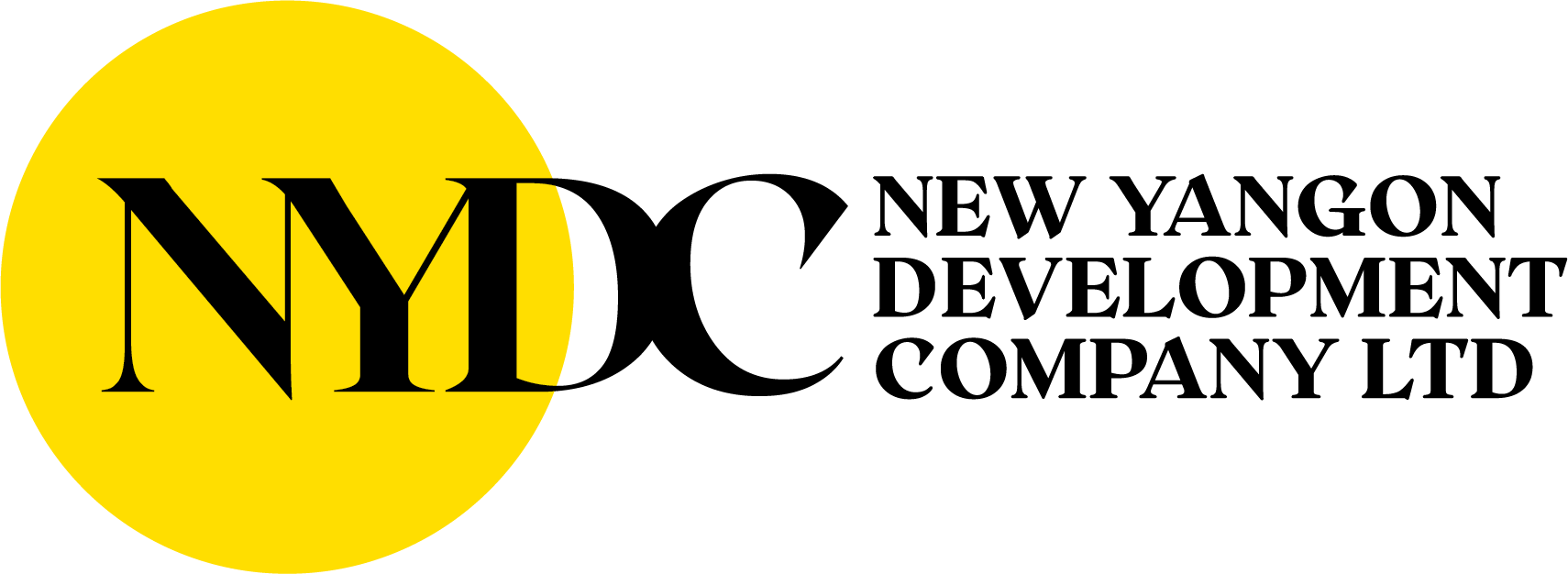May 17, 2018
Myanmar is facing the onset of the approaching monsoon season with the Department of Meteorology and Hydrology warning of potential storms as the monsoon season nears. Whenever the rainy season hits upon us, we would hear constant laments on the conditions of our city’s drainage system.
As a city planner, architect, building engineer or property developer, it is crucial for us to understand the potential risk of flooding when we design and develop a new site or a new city. We need to know and understand the lay of the land – the features and characteristics of the area – and how it may affect potential flooding around the site. Once we understand the physical conditions, we will then need to understand how we can use mitigation measures to manage these flood risks.
This is what we call a Flood Risk Assessment (FRA) – it identifies flood risks and mitigation measures, and provides advice on emergency planning in future town management during floods.
NYDC has kick-started the FRA for the New Yangon City project. The tender procurement for FRA was carried out and completed in April 2018 with three international firms submitting their proposals. Royal HaskoningDHV was selected to be our FRA consultant.
Royal HaskoningDHV is a Dutch company with decades of international experience providing services that cover the whole flood risk management cycle, from concept to feasibility to impact assessments. They also provide integrated flood risk management plans, and safety level and flood risk assessments. Their expertise is comprehensive which is what NYDC needs to ensure that our FRA is well covered.
Since late April, Royal HaskoningDHV has started site visits and data collection, and the company will submit a final report in October 2018. The results and recommendations from the FRA will be incorporated into the town planning, building design, and policy guidance of NYDC’s New Yangon City project. The FRA will define the future drainage system, and the Master Planner will then incorporate it into the overall plan including plans for converting suitable areas into spaces for public use – such as green parks, lakes, and waterfront areas.
Royal HaskoningDHV has also started the data collection for rainfall data, topographic data, river discharge volume, tide table, and historical disaster records. These are carried out with the collaboration of the relevant agencies including Yangon Regional Government, General Administration Department, Department of Meteorology and Hydrology, Irrigation and Water Utilization Management Department, Myanmar Port Authority and the Directorate of Water Resources and Improvement of River Systems.
We look forward to the final report in October 2018.
Regards,
Serge Pun

